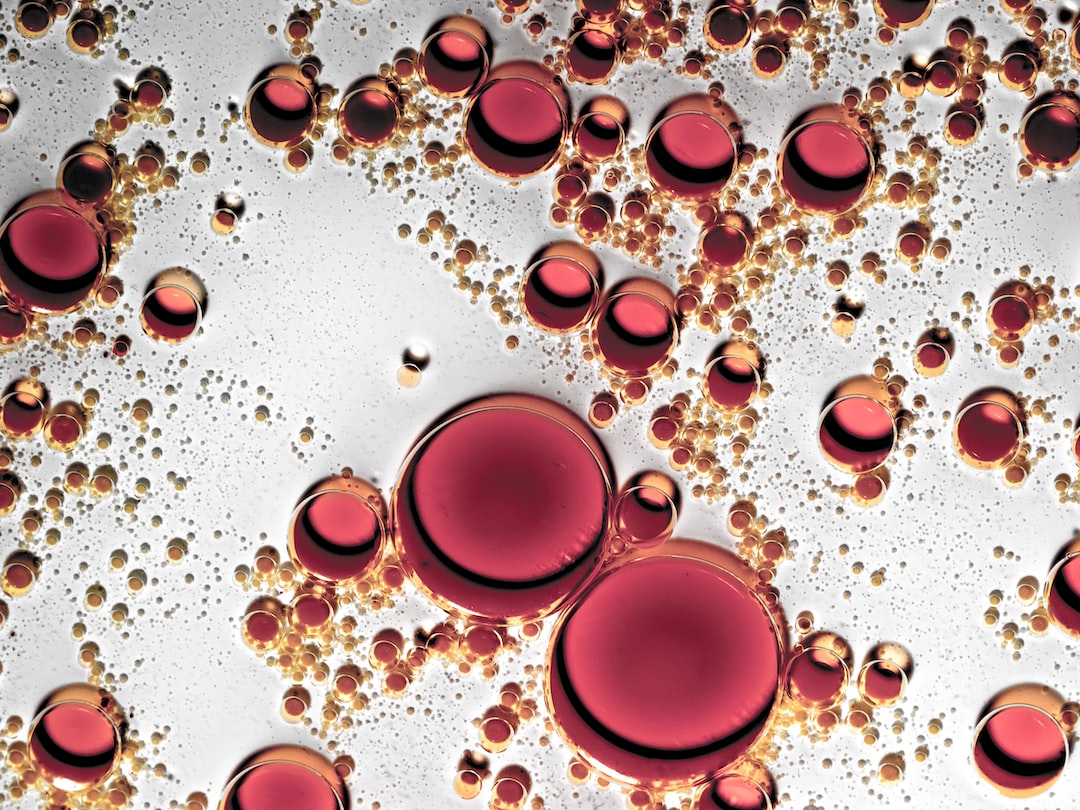Environmental Art: Highlighting Artists Who Use Their Work to Raise Awareness About Pressing Environmental Issues
Art has always served as a medium of expression for various social, political, and cultural issues. However, in recent years, artists worldwide have directed their creativity towards addressing urgent environmental concerns. Through their powerful and thought-provoking works, these artists aim to raise awareness, evoke emotions, and inspire action to protect our planet.
One such influential artist is Olafur Eliasson, who is known for his large-scale installations that focus on climate change and sustainability. His work, “Ice Watch,” exhibited in various cities, involves bringing blocks of ice from the Arctic regions, allowing viewers to witness firsthand the impact of melting icebergs. By confronting viewers with tangible evidence of global warming, Eliasson successfully creates empathy and encourages conversations about our planet’s fragile state.
Another artist making waves in environmental art is Chris Jordan. Through his photographs, Jordan provides a startling perspective on our excessive consumption and waste. In his series “Running the Numbers,” he showcases large-scale images composed of thousands of smaller photos representing everyday objects like plastic bottles and aluminum cans. The scale of Jordan’s creations shocks viewers by visualizing the staggering quantities of waste produced worldwide and the alarming impact it has on our ecosystems.
Creating art out of discarded materials is a common method used by environmental artists to depict the potential for regeneration and renewal. Found-object sculptor Sayaka Ganz exemplifies this approach by transforming discarded plastic utensils, household items, and toys into dynamic and lifelike animal sculptures. Her work aims to promote recycling and highlight the need to reduce single-use plastics, showing that even the most diverse objects can be given a second life and contribute to the beauty of our environment.
Some artists choose to immerse themselves in the natural world to explore the interconnectedness between humans and their surroundings. British sculptor Andy Goldsworthy achieves this through his ephemeral, site-specific installations created using only natural materials found in the landscape. These installations, often made from leaves, stones, and branches, capture the transient beauty of nature and its vulnerability to human intervention. Goldsworthy’s work reminds us of the importance of preserving and respecting our natural environment.
Similarly, Brazilian artist Henrique Oliveira examines the impact of urbanization on nature through his sculptures. He uses reclaimed plywood, which he carves into tree-like structures, representing how nature has been surrounded and suffocated by concrete and man-made materials. Oliveira’s work serves as a metaphor for the necessity of finding balance between our expanding urban landscapes and the preservation of nature.
Beyond the visual arts, literature and performance art also play a significant role in environmental activism. Swedish author and poet Svennung Kvist combines words with visuals to create impactful spoken-word performances that tackle pressing environmental issues. Kvist’s creations convey a sense of urgency and despair, urging society to take immediate action against climate change and species extinction.
These visionary artists are only a fraction of the growing movement of creative individuals using their talents to address environmental concerns. By showcasing the beauty of nature, highlighting its vulnerability, and revealing the devastating consequences of human actions, they encourage us to change our behavior and become better stewards of the Earth.
Environmental art offers a unique way to connect people to the urgent issues facing our planet. By combining aesthetics with a powerful message, artists can bridge the gap between scientific facts and social consciousness, motivating individuals to take action towards creating a sustainable future. As these artists continue to raise awareness and spark conversations about environmental challenges, they become catalysts for change, reinforcing the idea that art has the power to influence and inspire collective action.


